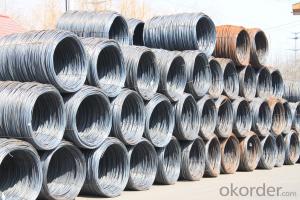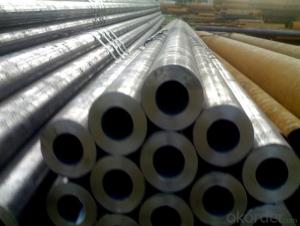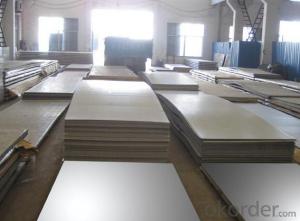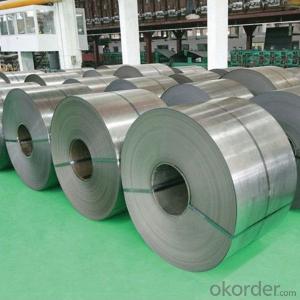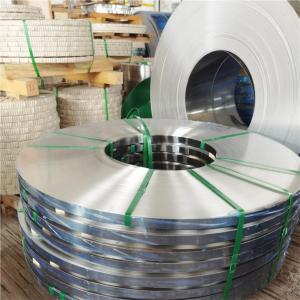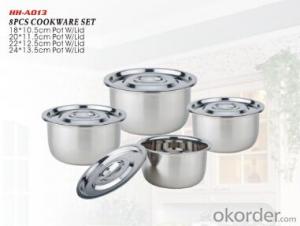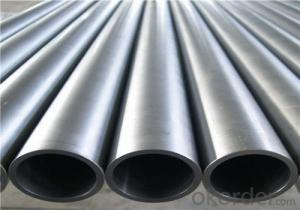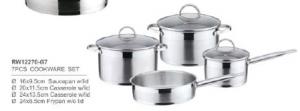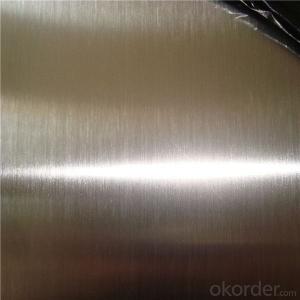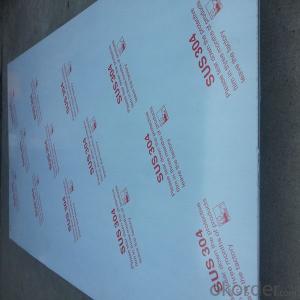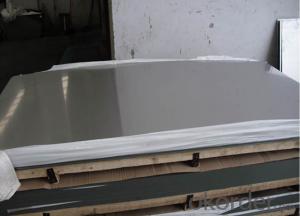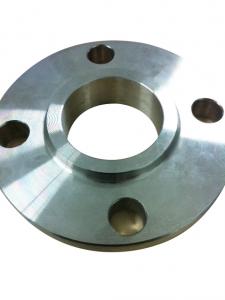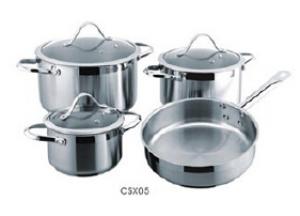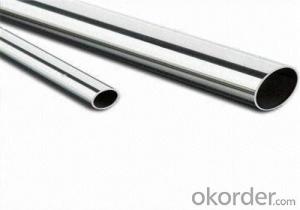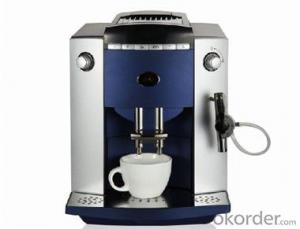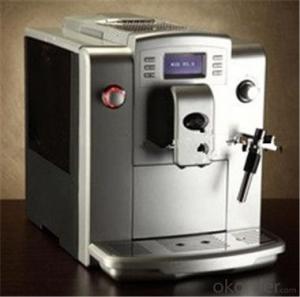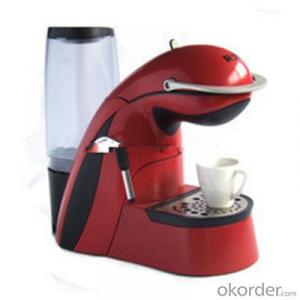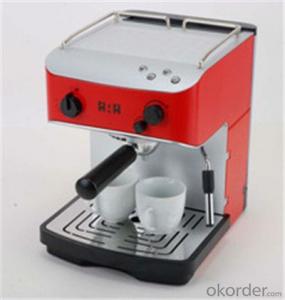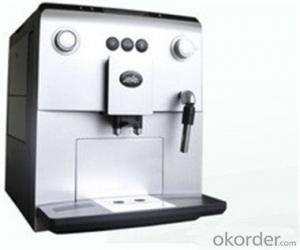409 Stainless Steel
409 Stainless Steel Related Searches
309 Stainless Steel 403 Stainless Steel 400 Stainless Steel 410 Stainless Steel 400 Series Stainless Steel 440 Stainless Steel 420 Stainless Steel 455 Stainless Steel Stainless Steel 440 440 C Stainless Steel 430 Stainless Steel Stainless Steel 420 440c Stainless Steel Stainless Steel 430 420c Stainless Steel 305 Stainless Steel 440a Stainless Steel 304 Grade Stainless Steel 4 Stainless Steel Grade 304 Stainless Steel 9mm Stainless Steel 310 Stainless Steel 420hc Stainless Steel 304l Stainless Steel Stainless Steel 303 416r Stainless Steel 904l Stainless Steel Type 304 Stainless Steel 301 Stainless Steel A4 Stainless Steel409 Stainless Steel Supplier & Manufacturer from China
409 Stainless Steel is a type of ferritic stainless steel that is known for its excellent corrosion resistance and formability. This material is widely used in various industries due to its ability to withstand harsh environments and its cost-effectiveness. 409 Stainless Steel is commonly utilized in applications such as automotive exhaust systems, heat exchangers, and kitchen appliances where its durability and resistance to high temperatures are highly beneficial.409 Stainless Steel is particularly favored in scenarios where high-temperature performance and resistance to oxidation are required. Its versatility makes it suitable for a wide range of applications, from construction to industrial equipment. The product's ability to maintain its strength and integrity under extreme conditions makes it a popular choice for projects that demand robust materials.
Okorder.com stands out as a leading wholesale supplier of 409 Stainless Steel, boasting a vast inventory that caters to the diverse needs of clients across different sectors. With a strong commitment to quality and customer satisfaction, Okorder.com ensures that the 409 Stainless Steel products they offer meet the highest industry standards.
Hot Products


